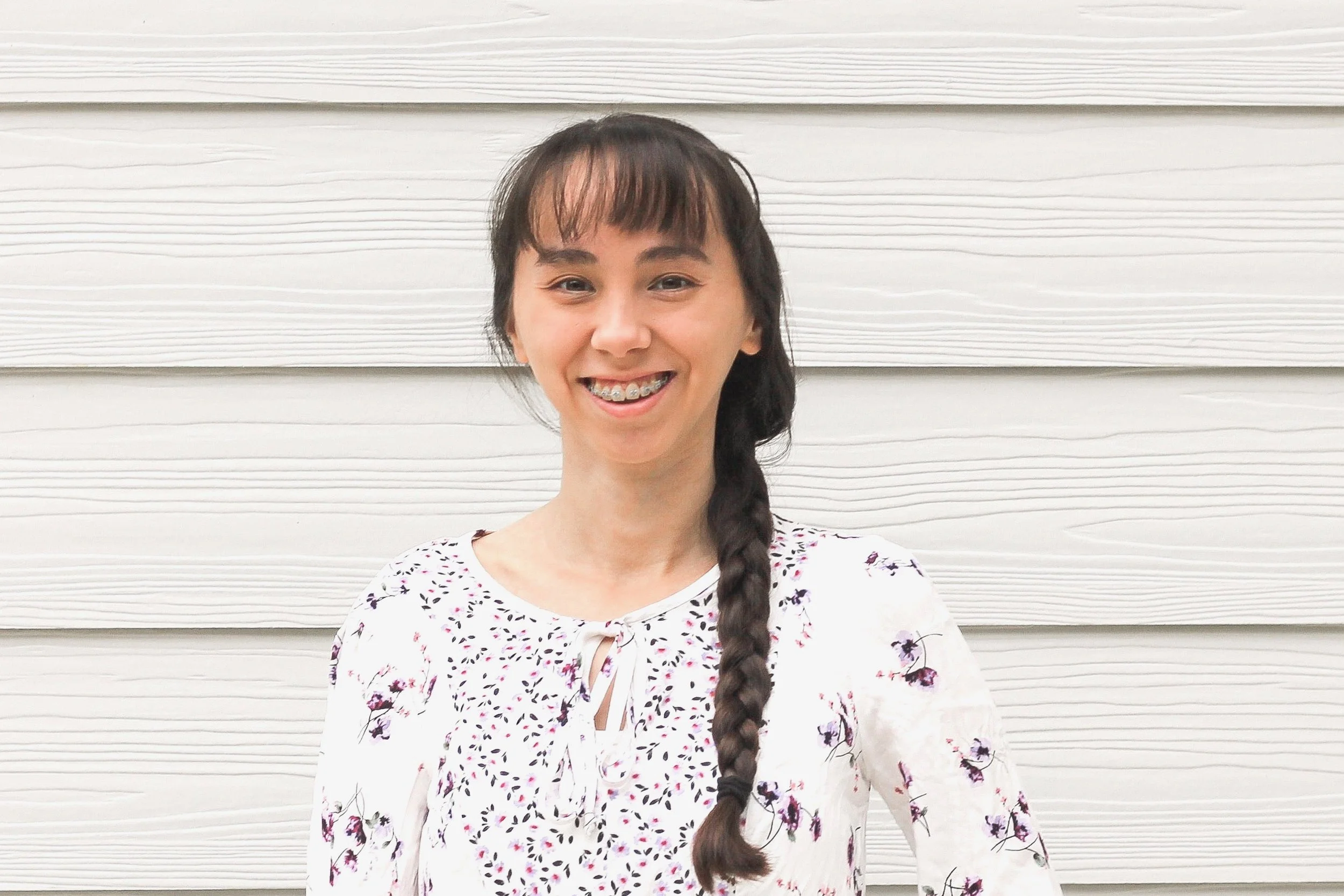Insomnia is a sleep disorder that can cause mental disorders, a reduced quality of life, and health issues. Around 30% of the population experiences insomnia symptoms, and about 6-20% experience symptoms from an insomnia disorder (Jesperson, 2019). Sleep is a basic physiological need that must be met to maintain good physical and mental health. (Dos Santos, 2022). Music therapy and music therapy interventions have been shown to improve sleep quality and reduce the effects of insomnia (Kavurmaci, 2020; Dos Santos, 2022). Music can be used to calm the mind for sleep, but how can it treat insomnia and its effects?
Sleep is a basic human need that people spend around a third of their lives fulfilling, and the body needs to function properly. When the body does not receive enough sleep, it will have “physical, cognitive, and affective depression” (Kavurmaci, 2020). Other symptoms include fatigue, attention deficit, sensitivity towards pain, irritability, nonlogical thoughts, hallucinations, and a lack of appetite. Disordered sleeping occurs when there are changes in sleeping patterns that negatively affect health (Kavurmaci, 2020). In a recent study, researchers suggested that insomnia has become extremely prevalent in college students due to their poor sleep routines and negative emotions such as depression and anxiety (Dos Santos, 2022).
The DSM-5 criteria for diagnosis include a dissatisfaction with the quantity or quality of sleep and one or more symptoms such as difficulty initiating sleep, maintaining sleep, and/or early-morning awakening. The two types of insomnia include short-term insomnia and chronic insomnia. Short-term insomnia may occur for just a few weeks at a time, while chronic insomnia can last for three months or longer. Insomnia can cause or be diagnosed along with mental health disorders such as Post-Traumatic Stress Disorder (PTSD), Anxiety Disorders, Autism Spectrum Disorder, and Depression (Dos Santos, 2022).
Music has been used to aid sleeplessness in many recent studies and has been hypothesized to alleviate anxieties and contribute to psychological and physiological effects on the body (Shaw, 2016). Many different aspects of music that can be utilized to get our minds and bodies to rest. One study offered that “music intervention uses the regular frequency changes of music to act on the cerebral cortex and has an effect on the hypothalamus and limbic system to regulate hormone secretion, thereby changing college students’ emotional experience and physical function state” (Dos Santos, 2022, p. 4). By regulating these parts of the brain, people with disordered sleep can see a reduction in sleeplessness and its symptoms. Several studies have suggested that utilizing music that is calming, slow, classical, and instrumental is the best type of music for promoting sleep (Lund, 2020). Music has the ability to promote sleep by calming the Autonomic Nervous System and lowering noradrenaline in the bloodstream (Amalsi et. al., 2022). This can lead to a decrease in rate of breath, reduced blood pressure, and a lower heart rate. Research also suggests that people who listen to music to promote sleep have shown reduced maladaptive sleep behaviors (Oxtoby, 2013).
Music interventions such as music listening and music therapy have been utilized to treat participants with diagnosed sleeping disorders. One study suggests that music should be “60 to 80 beats per minute, with no dramatic changes in volume and rhythm, and played at a volume of 30 to 40 decibels. In another study that utilized relaxing music listening interventions, the music was instrumental and was similarly characterized by “a slow tempo of 50-80 bpm, stable dynamics, and simple structure” (Jesperson, 2019, p. 4). Slow tempos are important for sleep-promoting music because they will assist in slowing down breath and heart rate. Preferences for the music played may be a more important and most statistically relevant factor than specific characteristics of the music (Shaw, 2016). In most of these studies, the interventions all begin at night or bedtime, and they utilize calm, slow, simple, and instrumental music.
Researchers were able to provide some statistically significant evidence that music is able to calm the mind and improve sleep quality for several groups. These studies provide evidence that music is able to assist the brain in the sleeping process and aid symptoms or the effects from a lack of sleep. Symptoms such as anxiety, negatively toned cognitive arousal, fast heart rate, and fast breathing rate have been greatly reduced in these studies and have helped participants get to sleep. Due to new research suggesting that the effects of music increase over time, some studies had limitations because the length of the study only averaged around two weeks in duration. Overall, there are not enough studies that focus completely on the effects of long-term music therapy on individuals diagnosed with insomnia, but there is significant evidence that demonstrates the positive impacts of the therapeutic functions of music on treating symptoms of insomnia.
-Lila Finke, Music Therapy Intern
References
Amalsi, M., Chehri, A., Fakoori, F., & Khazaie, A. (2022). The effectiveness of music therapy on sleep quality and insomnia in middle-aged people. Scandinavia Journal of Sleep Medicine, 2(1).
Dos Santos, L. M. (2022). Study on the intervention effect of music on insomnia of college students. Journal of Healthcare Engineering, 1–5. https://doi.org/10.1155/2022/4037240
Jespersen, K. V., Otto, M., Kringelbach, M., Van Someren, E., & Vuust, P. (2019). A randomized controlled trial of bedtime music for insomnia disorder. Journal of Sleep Research, 28(4), 1–11. https://doi.org/10.1111/jsr.12817
Kavurmaci, M., Dayapoğlu, N., & Tan, M. (2020). Effect of music therapy on sleep quality. Alternative Therapies in Health & Medicine, 26(4), 22–26.
Lund, H., Pedersen, I., Johnsen, S., Heymann-Szlachcinska, A. M., Tuszewska, M., Bizik, G., Larsen, J. I., Kulhay, E., Larsen, A., Grønbech, B., Østermark, H., Borup, H., Valentin, J. B., & Mainz, J. (2020). Music to improve sleep quality in adults with depression-related insomnia (MUSTAFI): Study protocol for a randomized controlled trial. Trials, 21(1), 1–10. https://doi.org/10.1186/s13063-020-04247-9
Oxtoby, J., Sacre, S., & Lurie-Beck, J. (2013). The impact of relaxing music on insomnia-related thoughts and behaviours. Australian Journal of Music Therapy, 24, 67–86.
Shaw, R. (2016). Using music to promote sleep for hospitalized adults. American Journal of Critical Care, 25(2), 181–184. https://doi.org/10.4037/ajcc201663






